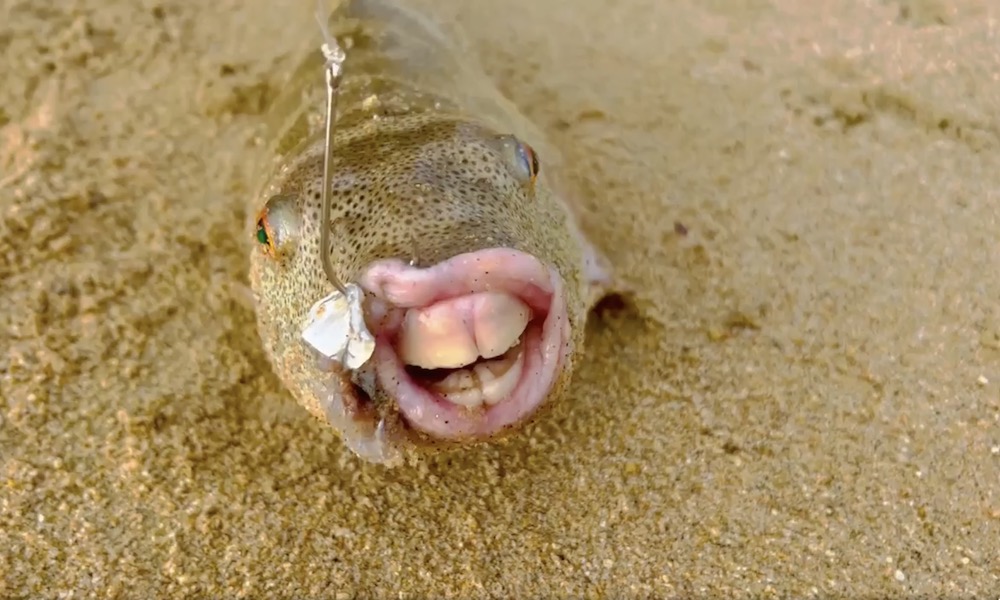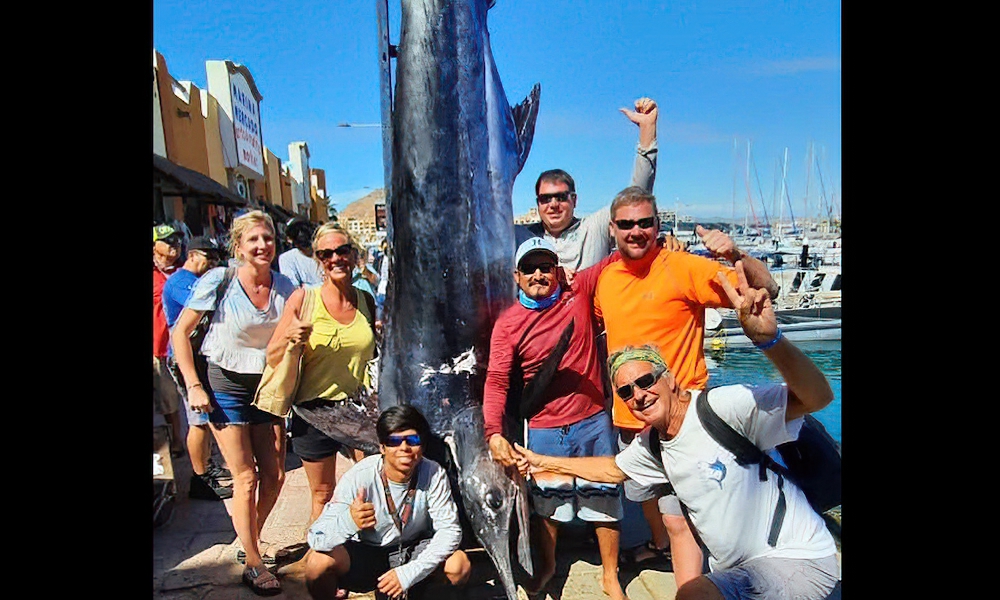After Capt. Alushe Camacho shared an extraordinary image Tuesday, showing a gray whale hoisting her calf almost entirely out of the water, his Facebook followers were quick to respond.
After Capt. Alushe Camacho shared an extraordinary image Tuesday, showing a gray whale hoisting her calf almost entirely out of the water, his Facebook followers were quick to respond.
“What a beautiful photo,” one person wrote.
“The perfect shot at the perfect time,” another admirer stated.
But because the sight was so striking, with the large calf draped over its momma’s back and appearing motionless, some wondered whether it might be injured or dead.
https://www.facebook.com/alushe00/posts/3911330908965052
Additionally, there are scars on the calf’s back and its eye appears to be only partially open.
“Alive? Did you see him moving?” Asked Erin Johns Gless, a U.S.-based researcher.
ALSO ON FTW OUTDOORS: Tarpon leaps over boat, narrowly missing captain’s head; video
The image was captured last season, before the COVID-19 pandemic, in Magdalena Bay off Puerto Adolfo Lopez Mateos, in the Mexican state of Baja California Sur.
Baja California’s lagoons are winter nursing grounds for thousands of gray whales, famous for intimately close interactions between the curious mammals and tourists.
Momma whales occasionally play with their calves, and sometimes appear to show them off to boaters.
But behavior such as that captured by Camacho, with a larger calf being lifted so high, has not been widely documented.
Wrote Johns Gless: “I’ve seen mothers push their babies to help them breathe, but I’ve never seen one completely out of water like this on the mother’s back. If you saw it move, that’s okay, but this is very different than anything I’ve ever seen.”
She mentioned a well-documented case in which a Southern Resident killer whale, in 2018, carried her dead calf for more than two weeks off Canada and the northwestern U.S. in what seemed a period of grieving.
Camacho, whose family has run Pirates Tours for nearly 40 years, assured Johns Gless and others on the thread that the whale calf was alive and healthy, and that he would not have shared the image if that weren’t the case.
“It’s normal for whales to play with their mother and climb on her body,” he said.
Camacho, 33, told For The Win Outdoors that he has been leading tours since he was 21. He said a client captured the image and he’s the man standing at the stern of the skiff, wearing a red cap.
“Since I am the captain of that boat, I want to assure you that I saw that calf alive and swimming,” he said.
Gray whales are currently leaving the lagoons for their northbound migration to summer feeding grounds off Alaska. Mothers with calves are the last to exit the lagoons.
–Image courtesy of Capt. Alushe Camacho















